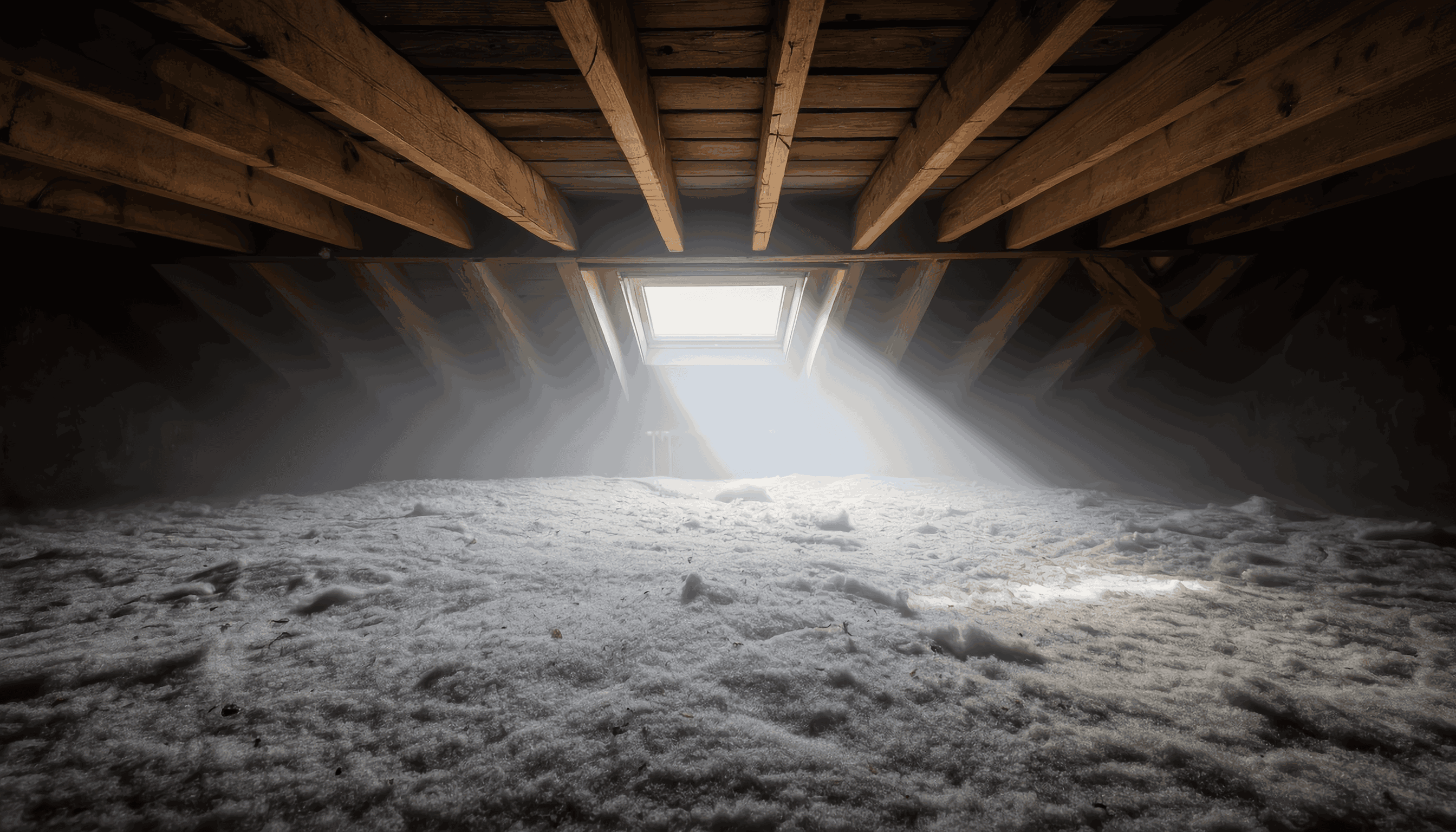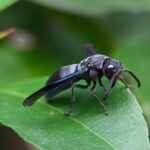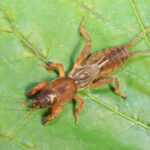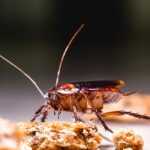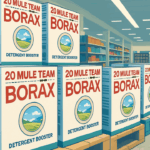Attic insulation plays a vital role in maintaining your home’s comfort and energy efficiency—but when pests invade this hidden space, it can quickly become a hotbed of infestation. Bugs in attic insulation aren’t just unsettling; they can damage your home’s structure, contaminate the air, and multiply in silence until the problem becomes unavoidable.
That’s why it’s essential to understand how and why pests target attic insulation—and more importantly, how to stop them.
Why Bugs Are Attracted to Attic Insulation
To begin with, your attic is one of the most undisturbed areas of your home. It’s dark, warm, and quiet—ideal conditions for bugs and small animals seeking refuge. Moreover, attic insulation provides the perfect nesting material for insects to hide, breed, and thrive undetected.
In many cases, poor sealing, roof gaps, or unprotected vents make it easy for pests to enter. Once inside, they often settle into the insulation, using it as a safe base to expand their activity throughout your home.
Types of Insulation Most Vulnerable to Bugs
Not all attic insulation offers the same level of protection against pests. Some materials are far more attractive to unwanted intruders.
- Blown-In Fiberglass: Since it’s loose and fluffy, pests can tunnel through it with ease.
- Cellulose (Recycled Paper): While eco-friendly, this organic material tends to retain moisture, making it appealing to moisture-loving bugs.
- Batt (Roll) Insulation: Though structured, its gaps and layering provide convenient pockets for pests to burrow and nest.
Therefore, homeowners with older or untreated insulation may face a higher risk of infestation.
Common Bugs Found in Attic Insulation
Over time, attics can host a wide range of pests. Below are some of the most common ones that PURCOR technicians encounter in insulation jobs:
🐜 Ants
These insects often enter through cracks or small openings. Once inside, they may establish colonies within the insulation or along attic framing.
🪳 Cockroaches
Cockroaches seek warmth and moisture. Consequently, poorly ventilated attics with damp insulation become an ideal hiding place. Learn more about cockroach infestation to identify potential issues early.
🐭 Rodents (and Their Insect Hitchhikers)
Mice and rats frequently burrow into insulation. In addition to damaging materials, they introduce fleas, mites, and ticks—multiplying the problem.
🐛 Carpet Beetles & Silverfish
These pests feed on organic debris, including fibers, insect remains, and rodent waste. As a result, their presence can escalate quickly.
🐞 Termites
While termites don’t typically nest in insulation, they may infest nearby wooden structures. If left untreated, this can lead to secondary pest issues within the insulation itself.
Warning Signs of an Infestation
If you’re unsure whether bugs have infiltrated your attic, keep an eye out for these telltale signs:
- Discoloration or uneven patches in insulation
- Droppings or shed skins along rafters and insulation surfaces
- Scratching or rustling noises in the ceiling, particularly at night
- Musty or foul odors that linger near attic access points
- Visible pests crawling near vents, joists, or insulation edges
Although these signs may seem minor at first, they often signal a much larger issue beneath the surface.
How to Handle Bugs in Attic Insulation
Now that you know what to watch for, let’s explore how to respond effectively.
Schedule a Professional Pest Inspection
First and foremost, contact a licensed pest control company. A trained technician can accurately identify pests, assess damage, and provide targeted treatment.
Replace Contaminated Insulation
If insulation is heavily soiled or damaged, replacement may be necessary. In such cases, switching to pest-resistant materials helps reduce the risk of future infestations.
Seal Off Entry Points
Finally, exclusion is critical. Seal vents, roofline gaps, soffits, and utility entries to keep pests out for good. Combined with routine inspections, this strategy offers long-term peace of mind.
Protect Your Home with PURCOR Pest Solutions
Pests in attic insulation often go unnoticed—until they cause visible damage or health concerns. However, with proactive pest control and proper insulation care, you can prevent serious infestations from taking hold.
At PURCOR Pest Solutions, we specialize in attic pest inspections, targeted treatments, and exclusion services. Whether you’re dealing with a suspected issue or looking to prevent one, our team is here to help.
📞 Call PURCOR today or schedule your attic inspection online — and take the first step toward restoring comfort, safety, and confidence in your home. take the first step toward a pest-free home.
"*" indicates required fields
"*" indicates required fields
